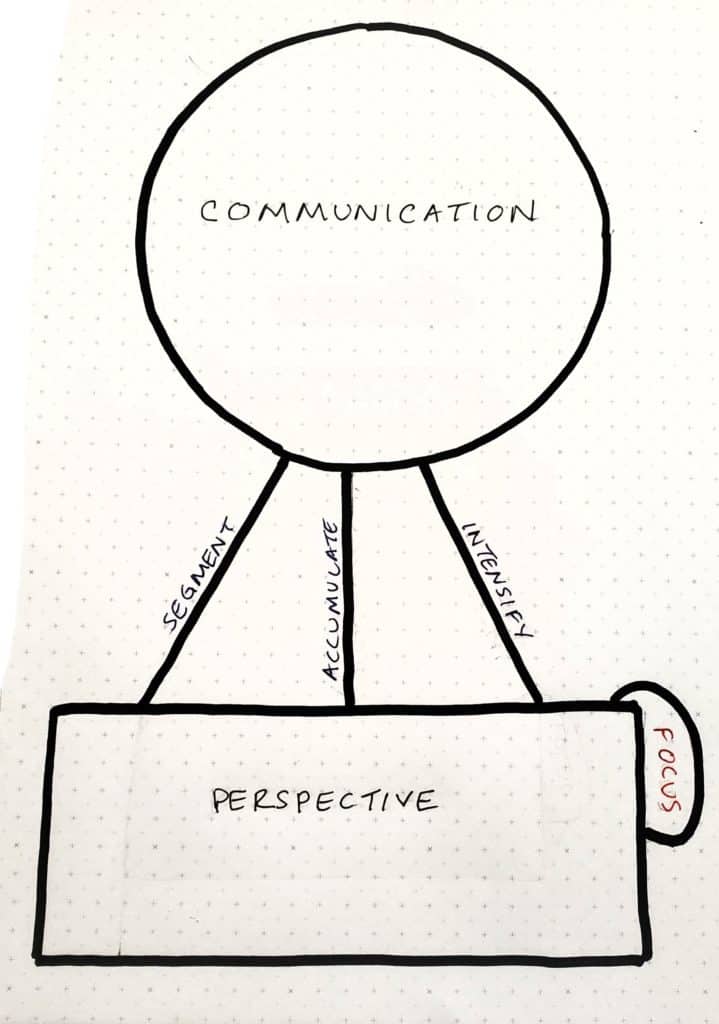As I get deeper into training, I often wonder – is this all worth it? Does it mean anything?
Focus dictates reality, and I believe that empowering yourself to attribute value based on your perception is your saving grace, especially when you’re an hour into a handstand session and wondering whether to do an hour more. When exercise becomes practice the reframe indicates something more, and I’ve been reflecting on this idea for the past few months.
When the perspective flips towards “I want to learn, practice and improve on this” – it transforms the act from a transactional “I’m just doing this for x”. I think it is with this wider perspective which you can then translate to other areas of your life. A lesson in falling can become a lesson for handling a situation when things go wrong at work.
“Practice” indicates direction, and the path to “mastery” makes a worthwhile pursuit, even when you’re unclear what that mastery will be. Practice develops even as the end goal remains uncertain. It sets you off on the hero’s journey, full of challenges, doubts and tests. In my reading I’ve come across a lot of useful models for mastery – guiding principles of how to approach the “pursuit”. Ido has the isolate – integrate – improvise, Robert Greene talks about positioning yourself to learn – practice – and teach amongst other things, Malcolm Gladwell made the 10000 hours rule famous…
In my experience, skills require different approaches at different points of the competency ladder. As your skill level develops you need to adapt strategy. There’s no 1 consistent strategy to the end. Recognizing when to adapt and adapting purposefully is key to unlocking the next stage.
Here is a model which I’ve been playing around with – if we use the handstand as an example, we can fit it into context.
Accumulation – this is just doing the thing you want to do. In the handstand, there are phases where you just need to get upside down in any way you can and spend time there. Simple, but sometimes ignored.
Intensification – this works both ways – how can you make it harder, or easier for yourself. Sometimes you need to regress to progress. In the handstand, maybe you need to use the wall. Or maybe you need to work on the tuck or the 7.
Segmentation – this is a perspective which can go micro or macro. Micro in the sense that you can break it up – in the handstand you can start focusing on your shoulder flexion, your pelvic tilt. Macro is when you zoom out and you view the handstand as the micro piece, maybe its one piece as you transition into a roll, or a cartwheel.
Communication – arguably the most important “gelling” layer. This is where you can access leverage. Start a dialogue with a peer, ask a teacher, become the teacher. As you lean into others, great insights come as you broaden beyond your world view. Any of these dialogues can and should be practiced at any stage of the mastery path.
With the exception of communication, the 3 circles represent different approaches which should be emphasized on different parts of your journey. Usually at the start, just keeping it basic and doing in some way “the thing” is a good way to get started. It won’t be perfect, but you are doing it. After, you have to adapt, look at it through a different circle.
The handstand is only the example, but this is also something I noticed when studying Japanese. So I think this may represent something useful for all types of skill development.
Next time you feel a plateau, feeling stuck – in which circle could you lean into? Who could you lean into? Or maybe, do you need to view your act as a practice?
Do you follow any models? Would love to hear your thoughts.
Editor’s rendition of model as a hot-air balloon:

Focus is the sandbag that directs attention onto individual tenets, held up and together by the ability to communicate, which broadens one’s perspective and allows them to be seen.

